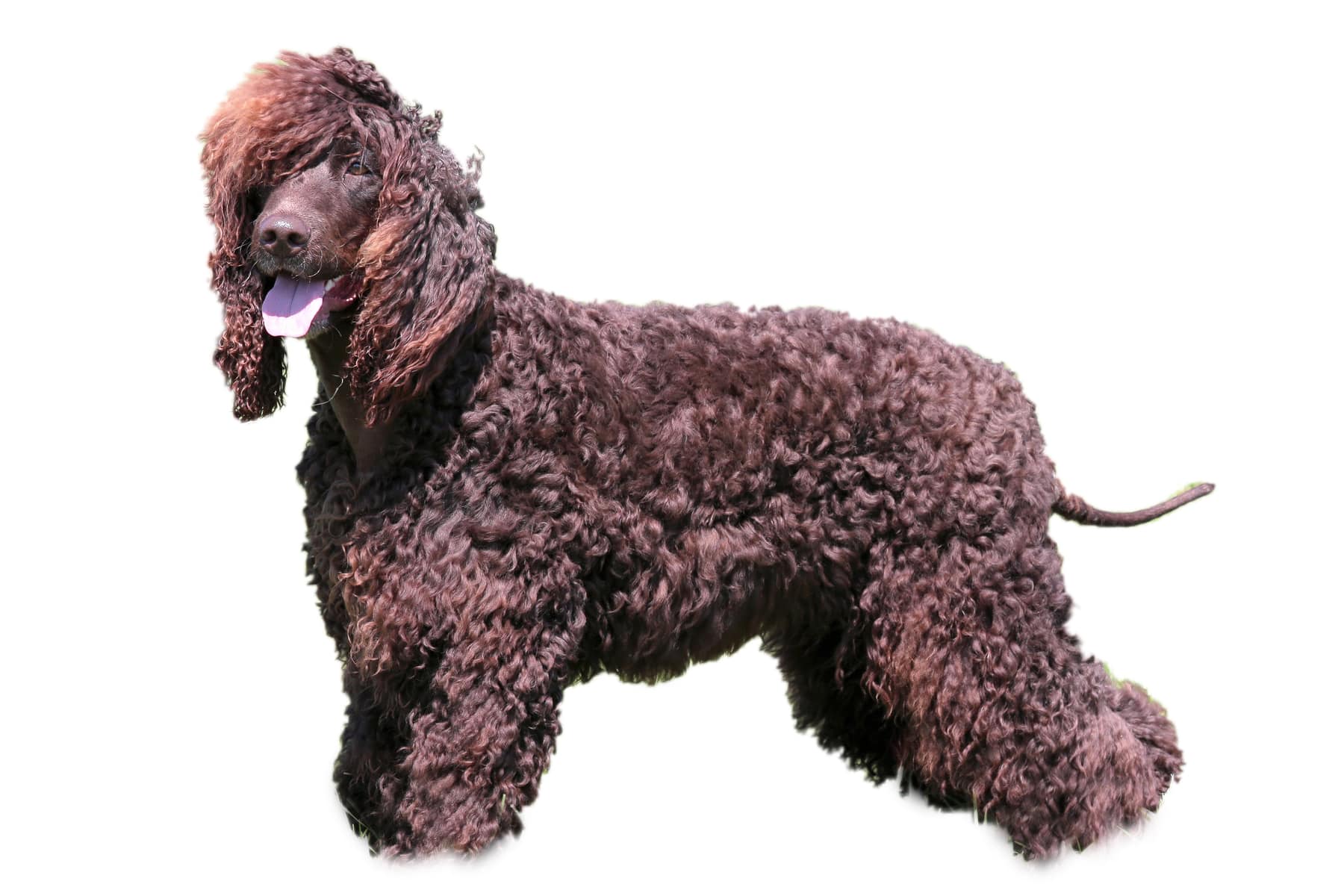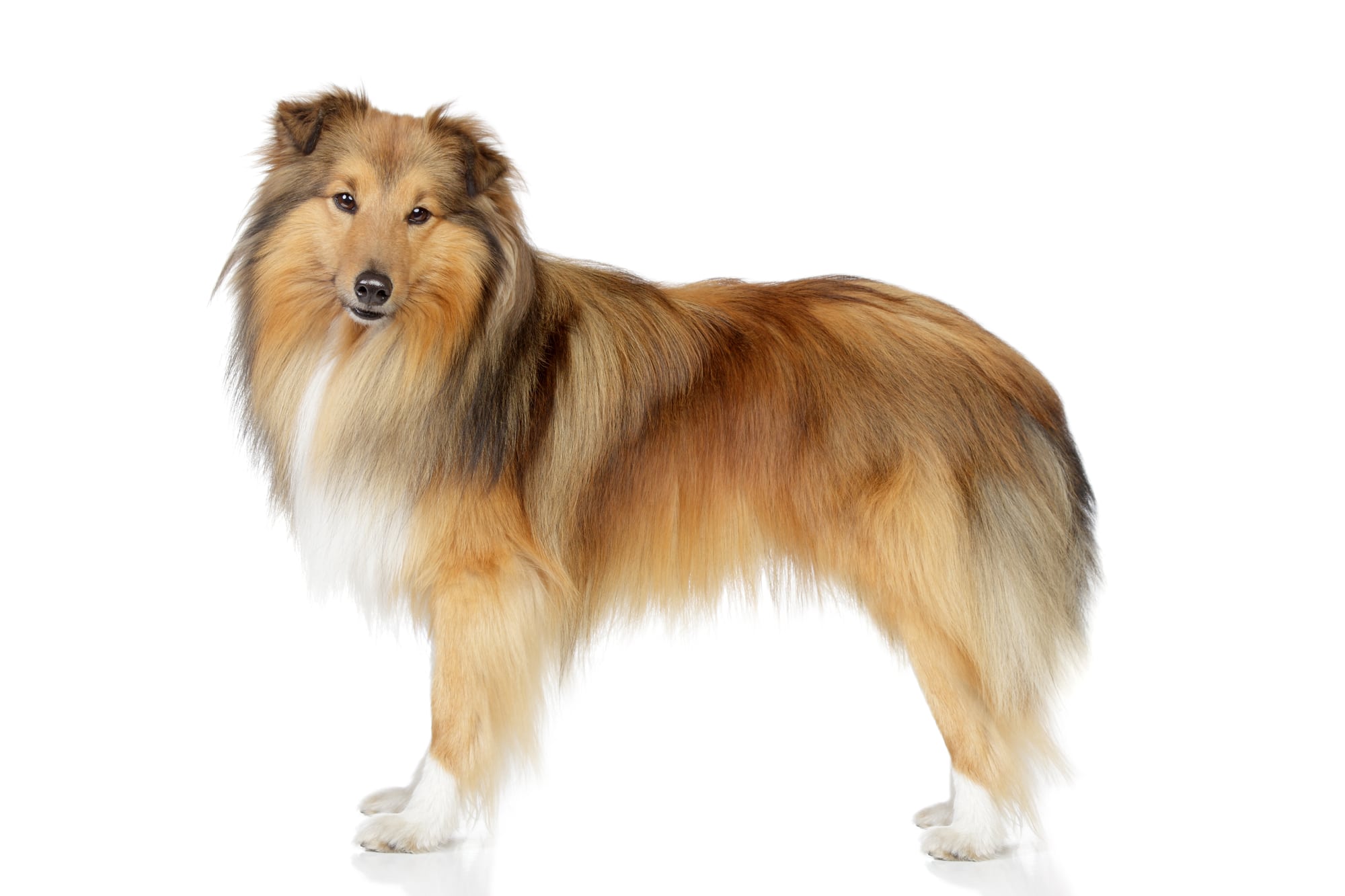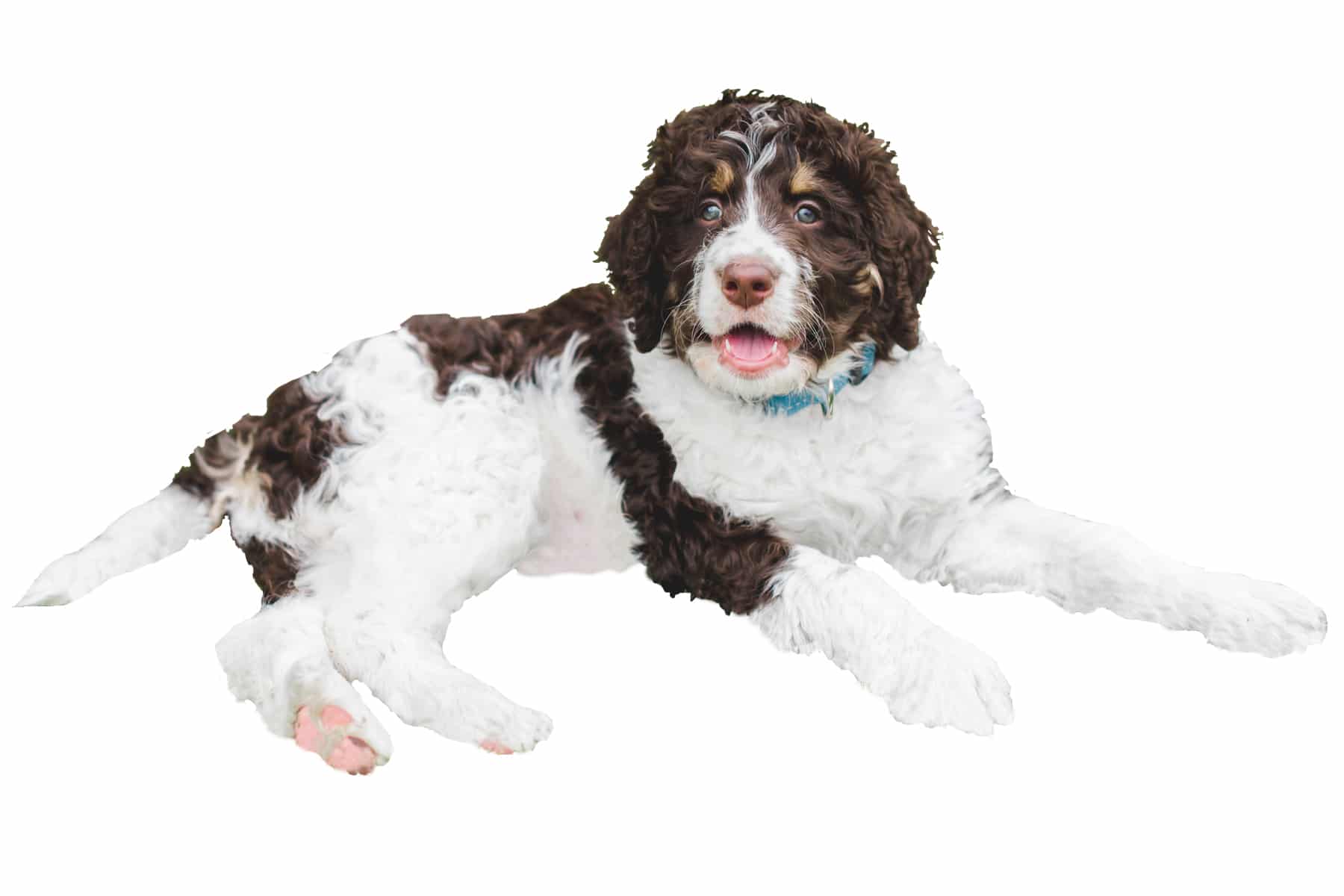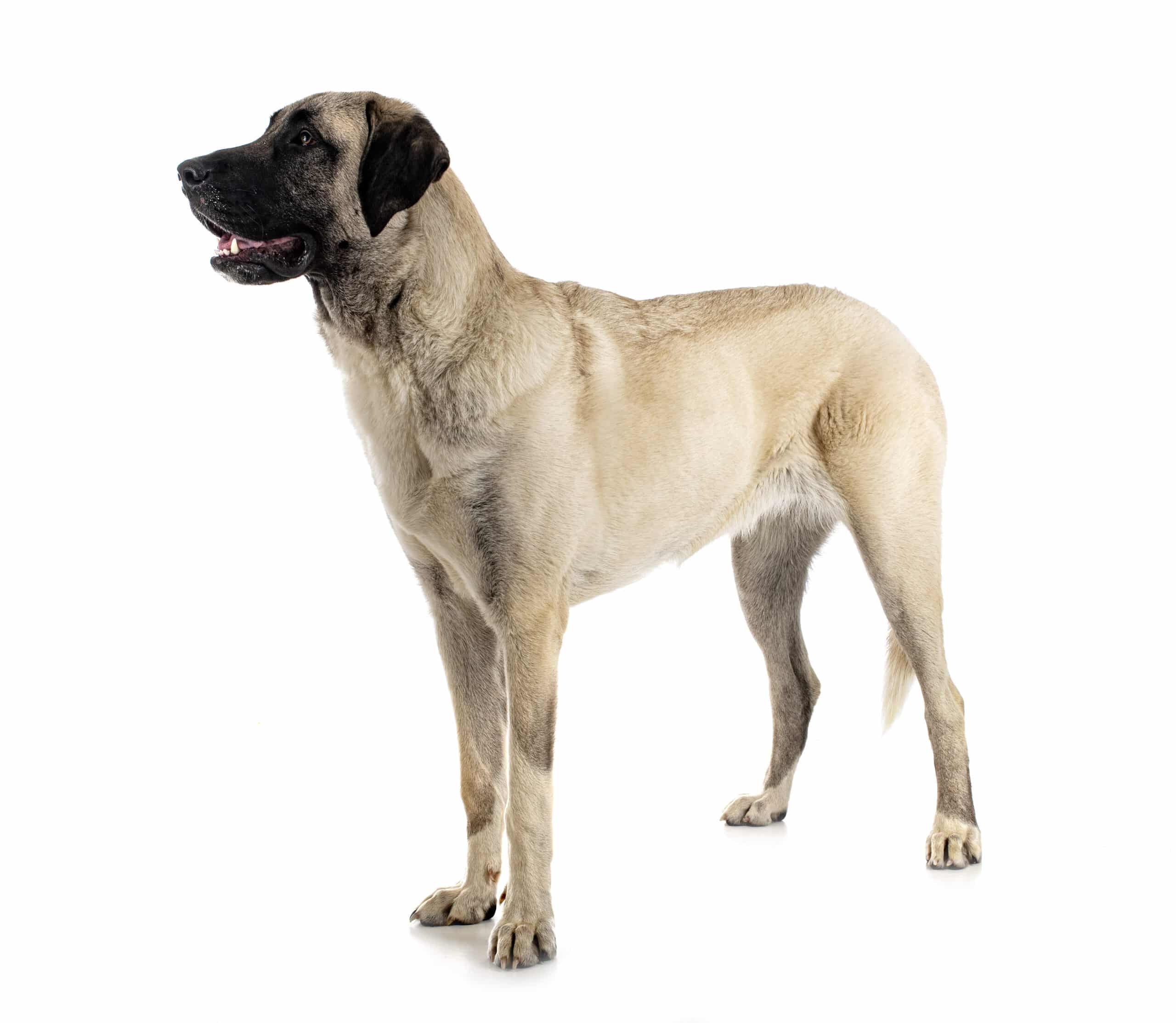English Cocker Spaniel
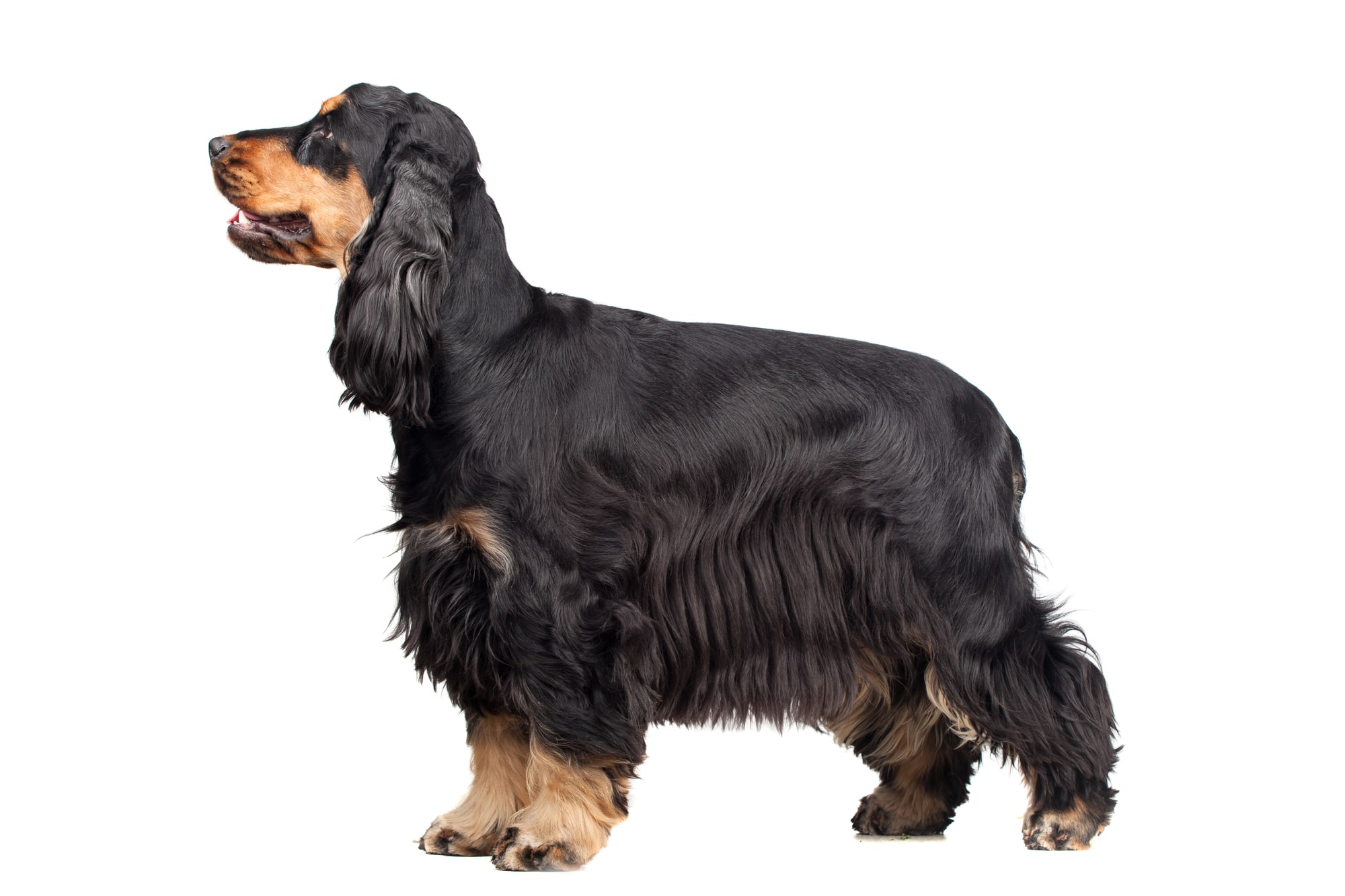

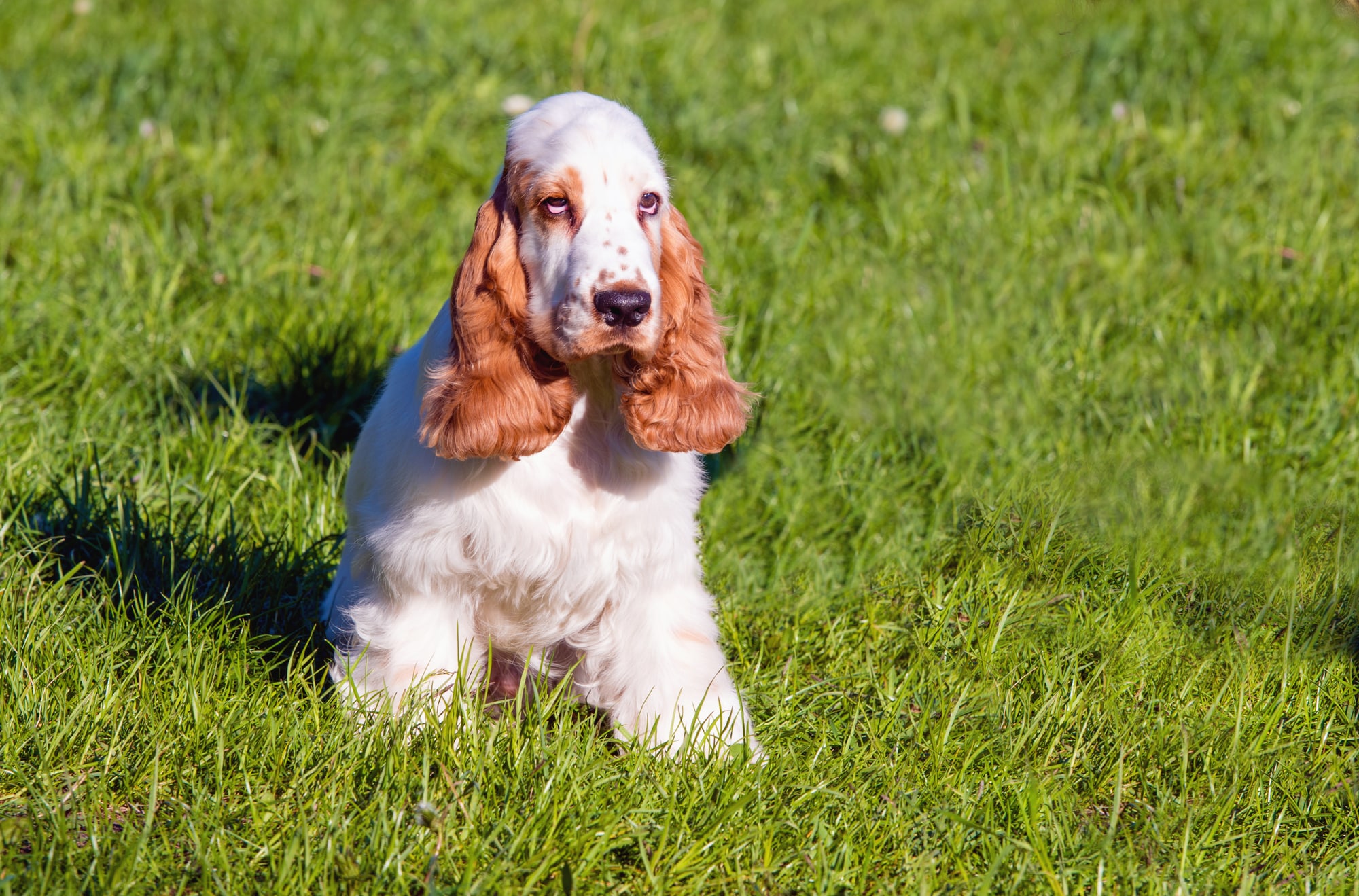
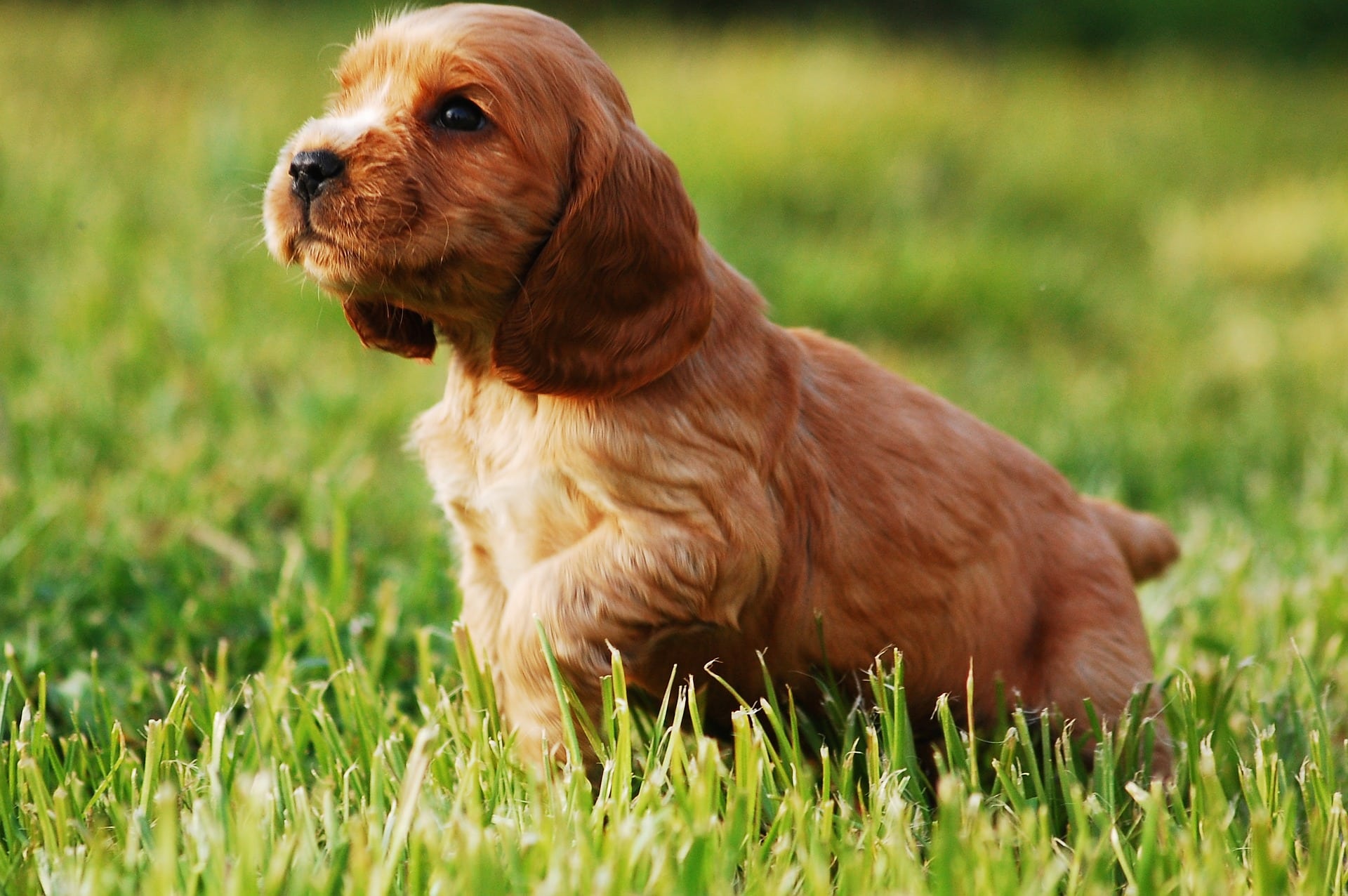
Temperament:
The English Cocker Spaniel is an intelligent, cheerful and graceful contemporary. Its lovable and playful nature will delight you immediately. This little bundle of energy impresses with its outgoing, friendly and loyal nature. He is a hunting dog with a pronounced urge to move. The owner should definitely fulfill this need. The English Cocker Spaniel is aesthetic and eager to learn. It is characterized by a pleasant temperament. These characteristics make it a reliable, loyal and popular family dog.
Characteristics
The dogs of this breed are characterized by a compact and harmonious build. The English Cocker Spaniel has a height at the withers of 38 to 41 cm. A healthy animal reaches a weight of between 12 and 15 kg. The average life expectancy is 14 years.
A smooth, silky and matt shiny coat is a sign of good health. A well-balanced physique also testifies to the health of the English Cocker Spaniel. Low-set, relatively long hanging ears characterize the appearance of the breed.
The English Cocker Spaniel is assigned to FCI Classification 8. This classifies it as a rummaging, retrieving and water dog. The Cocker's high need for activity requires a great deal of time. Grooming the animal is very costly and time-consuming. Training the dog requires a medium amount of effort.
The English Cocker Spaniel comes in different colors. According to the breed definition, solid-colored animals may have a white coloration on the chest. This lovable four-legged friend needs a variety of activities every day to stay healthy.
Take your cocker for long walks in the great outdoors every day. Encourage your pet with special exercises. These measures promote the dog's mental and physical health. Daily exercise is a must for your pet's health
If you don't keep your cocker busy enough, he will react stubbornly. If he doesn't like something, he will show this through his stubborn behavior. Do your job as a dog owner conscientiously and consistently. Offer your pet enough opportunities to exercise mentally and physically every day. Your dog's natural urge to move and be active must be fulfilled.
You should exercise your dog for one to two hours a day. Your Cocker loves long walks in the countryside, swimming and playing fetch. You can take your faithful companion jogging or cycling. This little bundle of energy is grateful for any activity in the fresh air.
As this breed is relatively voracious, they tend to gain weight. Counteract this development and prevent your four-legged friend from becoming overweight. A high body fat percentage endangers the health of the Cocker. The wrong diet can lead to diabetes and cardiovascular disease in dogs. A lack of exercise also promotes the development of these diseases.
Consistent action on your part has top priority when training them. The English Cocker Spaniel can generally be classified as having an above-average eagerness to learn. However, a half-hearted and inconsistent training style encourages stubbornness in these animals. In your position as a dog owner, you should be consistent and stick to the rules. Your consistent behavior underlines your position as a dog owner. Your pet will learn to take you seriously and respond to your instructions.
English Cocker Spaniels often develop diseases of the inner ear. Genetic kidney disease is also common in this breed.
Coat care:
Shedding:
Energy level:
Trainability:
Children suitable:
The right food
When choosing food, make sure that it contains high-quality ingredients, is balanced and meets your dog's requirements. Age, size or weight, activity and health status play an important role. You should follow the manufacturer's recommendations for the amount of food.
Treats should only be fed in moderation and deducted from the basic diet to avoid obesity.
Puppies can be fed 4-6 times a day. The number of meals should be gradually reduced to 2 per day until the dog is fully grown. A rest period should be observed after meals.
Health & Care
Your pet needs a lot of grooming. Ideally, you should brush your four-legged friend's coat every day. Check your pet for ticks and parasites. Remove foreign objects from the coat after every walk. Brush out sticks and plant debris and remove vermin.
Regularly trim the hair in your dog's ear canal and on its paws. Carefully check the condition of the ears and ear canal. Clean these parts of the body at least once a week. Avoid using cotton buds to clean the sensitive ear canal. Only use a special rinsing solution for this purpose.
If your dog's coat is very dirty, use a mild dog shampoo. This gently removes dirt from the animal. The coat with the subcutis serves as a natural protective barrier. It protects the cocker from moisture, dirt and pathogens. This natural protective layer must not be destroyed by excessive washing or bathing.
The basic rule of thumb in this context is "as often as necessary and as dosed as possible". Minor soiling should be brushed out. Alternatively, the coat can also be cleaned with a mild dry dog shampoo.
Also make sure your Cocker's mouth and teeth are properly cared for. To do this, you should brush his teeth at regular intervals. Vets recommend brushing their teeth every other day. Use a toothbrush and toothpaste for dogs.
Alternatively, you can also occasionally offer your dog chewing bones for dental care and special dental care toys for oral hygiene. These measures will promote your dog's oral health.
This prevents the development of tooth decay, periodontal disease and inflammation in the oral cavity. These diseases lead to inflammatory reactions throughout the dog's body.
As long as the claws do not wear off by themselves, they must be trimmed regularly.
Suitable accessories
To keep your dog sufficiently active and occupied, you can purchase activity, intelligence and water toys. Balls, frisbees and food mazes should be added to your equipment.
A dental care set and ear cleaner are important parts of your equipment. There are also combs, brushes and a mild dog shampoo.
Other accessories your dog will need are a collar or harness with lead, sleeping basket or mat as a place to retreat to, food and water bowl, tick tweezers, claw clippers, transport box for transportation in the car.
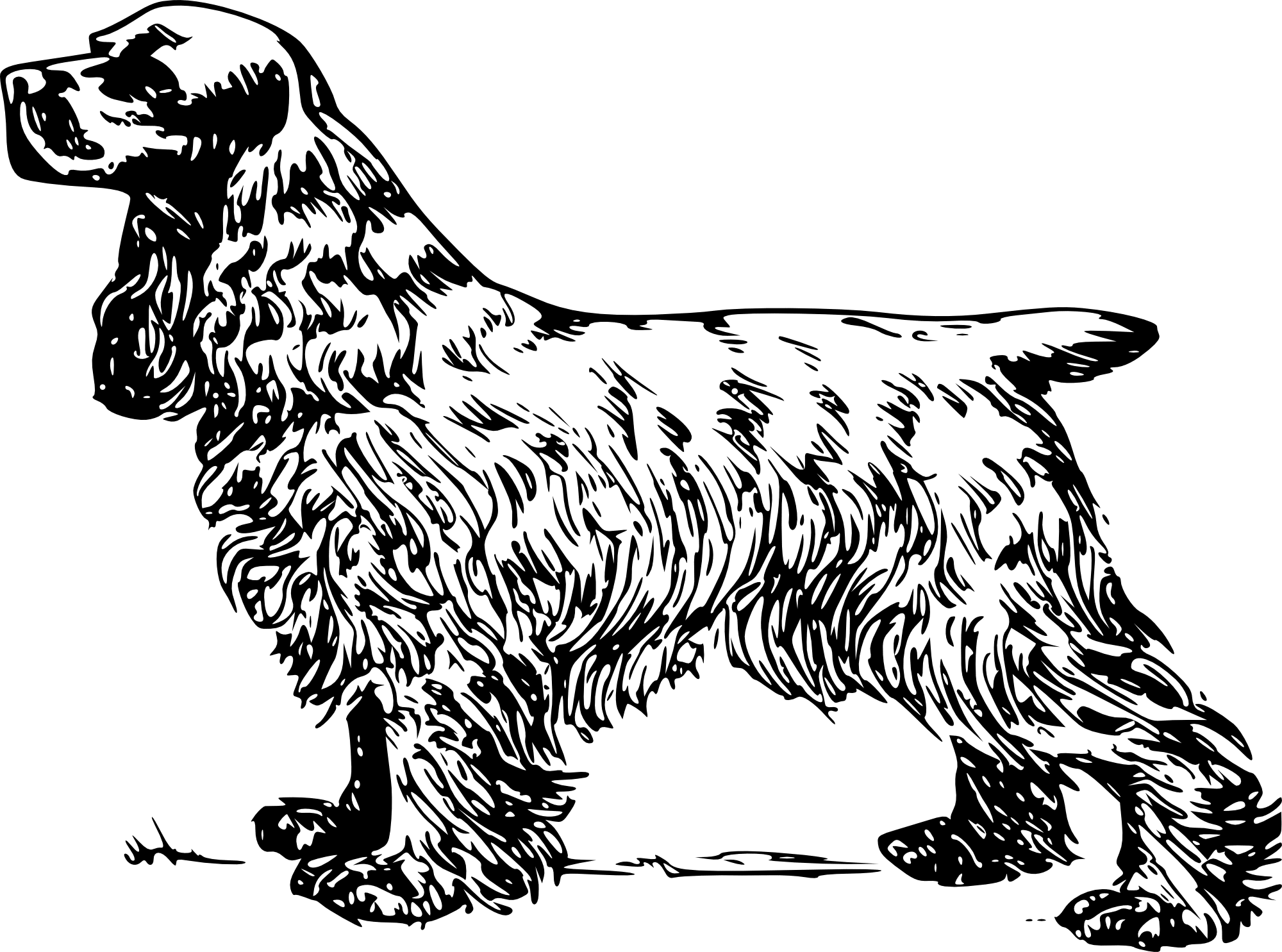
Origin & History
The breed has been recognized as an independent species since 1892. The English Kennel Club has included the breed in its classification of dog breeds. Historical records show that dogs of this breed were used as hunting dogs as early as the 14th century.
Until the Second World War, the dog was mainly used as a search dog. After the end of the war, the English Cocker Spaniel developed into a popular family and companion dog.
The English Cocker Spaniel is descended from the medieval rummaging dog. The British originally used this dog to sniff out woodcock. Since 1892, the English Cocker Spaniel has been separated from the other spaniel breeds.
Today there are two lines of the breed. The animals of one line are bred as hunting dogs. The other breeding line strives for perfect aesthetics in the dogs. Both breeding lines have differences in body shape and stature.
